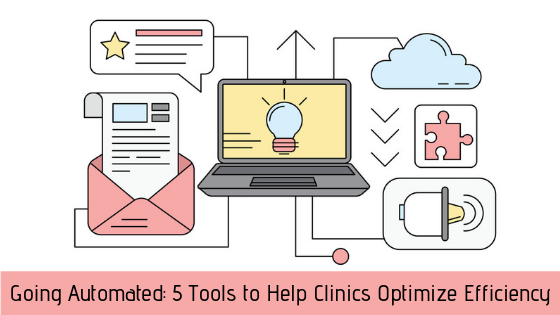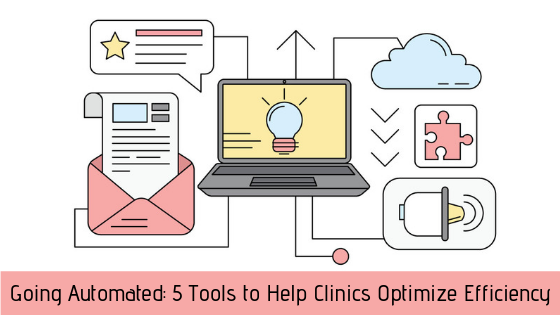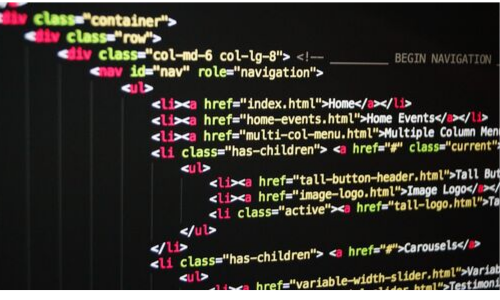Has running your clinic become a complicated, time-intensive chore? Is your staff experiencing frustration from hours spent on repetitive operations?

Practice management software automates the daily routine so that your employees have time to meet patient needs with a creative, human touch. Today’s medical office software is simple and fast to learn, and it is scalable from the smallest solo practice to the largest multi-department clinic. Here are five ways software automation can streamline your practice’s operations.
1. Online Scheduling
Consumers increasingly expect the convenience of arranging their schedules online, and this includes making medical appointments. An online scheduling option will do more than just free up your staff to work on other tasks; it will also decrease waiting time, reduce your no-show rate, and improve patient experience, according to the Journal of Internet Medical Research. Younger patients may actually avoid making phone calls and will feel more comfortable scheduling online.
2. Appointment Reminders
Missed appointments are a significant issue for your practice’s bottom line. The annual percentage of missed outpatient medical appointments is between 23 and 34 percent in the U.S. It’s clear that reminding patients of their upcoming appointment is helpful, but if your staff has been meeting this need manually through phone calls, they are using up valuable time that could be spent more profitably. Furthermore, research published in the International Journal of Pediatrics shows that text message reminders are the most effective channel for appointment reminders, lowering the percentage of no-shows by over 14 percent.
3. Patient Kiosk Systems
When patients come in to your office, they are in a state of information deficit. Not only do they want to know more about their health, but they may also be unclear on their account balance. Today’s insurance policies present many patients with more complexity than they can handle, and they need assistance to understand their obligations. Rather than take up the time of busy medical clinic staff, the patient may simply skip asking any questions at all. A kiosk system eliminates this uncertainty, providing clear answers to patients about payments and care instructions. Kiosks can also be set up to collect co-pays, providing a secure payment option for your practice and your patients alike. Kiosks have also demonstrated their effectiveness in collecting data on patient state of mind, as well as in supplying easily accessed information about specific diseases and conditions. The VA health system lists numerous benefits from the kiosks they have installed in their health centers.
4. Automated Revenue Cycle Management Systems
These time-saving systems can be set up to help with coding, claim scrubbing, billing, re-billing, and payment posting. When routine tasks are automated, it eases the workflow in your office and affords personnel additional time to make use of their creative problem-solving abilities. In today’s complex payment environment, it is essential that providers choose carefully when selecting an automated RCM system. The revenue cycle includes numerous steps, and there are a wide variety of vendors offering their products. Deploying the right system will help your office staff feel that their time and abilities are being maximized.
5. Recall System
Skipping follow-up medical care and failing to show up for routine preventative exams are ongoing problems for most medical practices. When you use an automated recall system, you help your patients over the hurdle of remembering to come in. Receiving a timely recall notice means that they are more likely to be able to fit an appointment into their work schedule and arrange transportation for themselves. Research in Patient Education and Counseling and Minority Nurse shows that appropriate recall notices make a measurable difference in patient outcomes. Automated recall software also relieves your employees from having to do constant look-backs to discover each patient’s last appointment date and follow-up plan.



